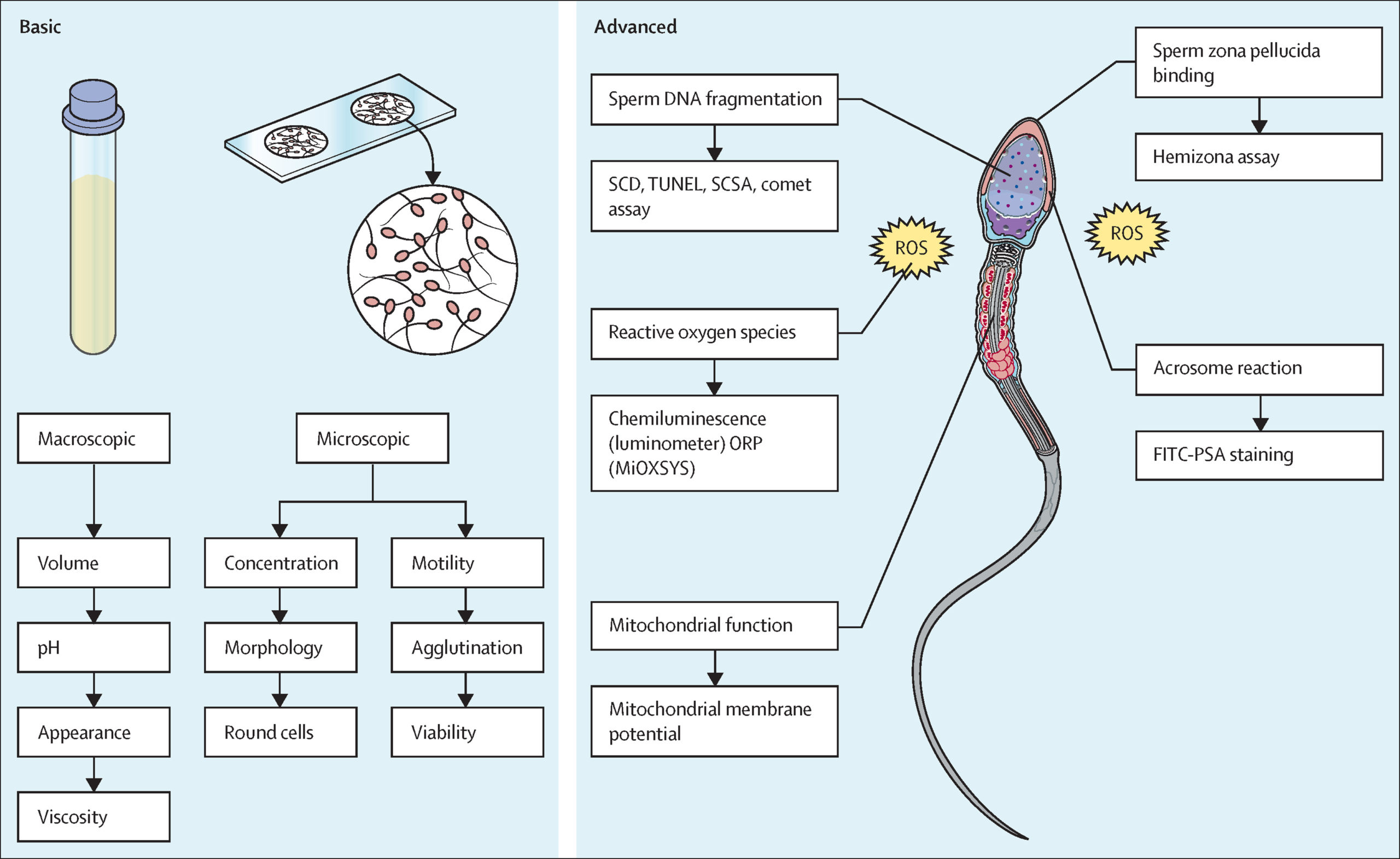By Josephat Chiripanyanga
CONTRARY to what most African men think that subfertility affects women only, failure to conceive can be due to male subfertility. By definition subfertility is failure to conceive after a year of frequent or regular unprotected normal sexual intercourse.
By frequent or regular we mean having sexual intercourse at least two to three times a week. Normal sexual intercourse is penetrative sexual intercourse whereby the male organ is inserted into the female organ and sexual intercourse occurs until ejaculation happens.
There are a lot of factors involved in getting a woman pregnant. Unlike what most people think, it is not easy to make a woman pregnant. Most women have a 28 day cycle. What this means is that when they start their period on day 1 of the month they will have their next period after 28 days that is on day 29 of the month. Assuming a 28 day cycle, a woman is only fertile for 15hours in the 28 days.
This means that a woman can only get pregnant during these 15 hours. The reason being when the egg is released on ovulation day it is only fertilizable for 15 hours post release. After the 15 hours the egg develops a hard coating that makes it impossible for the sperm to penetrate. Ovulation normally occurs around day 14 of the cycle.
On the other hand God is also kind to humanity as he gave the sperms the capacity to survive for up to 72 hours in the vagina and uterus. This means if you have sexual intercourse today and your partner ovulates in the next two days you can still make her pregnant. If you have sexual intercourse around day 12 of the cycle you can still impregnate your partner. But on the other hand if you have intercourse on day 15 when your partner has ovulated on day 14 in the morning you would have missed the window and your partner won’t get pregnant.
So all these factors play a role in whether a woman will fall pregnant or not. The main cause of infertility in men has to do with semen issues. Up to 50% of all subfertility cases can be tracked to a semen factor. About seven percent of all male suffer from subfertility. I’m sure by now you have noticed that I am avoiding the term infertility and preferring subfertility. This is because of modernising nomenclature. We avoid infertility as this means there is no chance one can make babies. Subfertility is a more modern and more applicable term as it means you can be fertile but your chances are less compared to individuals with normal fertility rates.
It is very easy to make a diagnosis of subfertility in men as there is mainly one test that we do to make a diagnosis of subfertility in men. Because of this we generally prefer starting by running tests on the man before the woman when investigating a couple for subfertility as the tests for men are cheaper and easier to conduct. The test that we do for men is called seminal fluid analysis. How this test is done is very simple. We collect your semen preferably after a three day abstinence period. The reason why we take it after three days is because it takes three days for the testes to manufacture sperms from scratch to maturity. So after three days of abstinence we take the semen and put it in the lab for tests.
Before we get into the details of the tests done let us look at the process of semen formation. There are two important organs and steps in the process of sperm formation. The first organ is the testicle(s). The role of the testicle is to manufacture spermatozoa (sperms) from scratch. Once the sperms are manufactured in a process that takes three days they are then ejaculated during sexual intercourse from the testicle through a tube called the epididymis into another tube the urethra. As they get into the urethra, the second organ, the prostate gets into play. The role of the prostate is to produce what is called seminal fluid. Seminal fluid is the white stuff that you see in the semen.
The role of the seminal fluid is to offer a transport media for the sperms and also provide food for them. So once the seminal fluid mixes with the sperms it forms the semen that eventually is ejaculated from the urethra into the vagina. So to sum it up, the semen that men produce is a combination of sperm from the testicles and seminal fluid from the prostate. So any problem in the testicles or the prostate or any of the transportation tubes (epididymis or urethra) can lead to subfertility in men.
Now looking at the parameters we analyze when we do a semen analysis. There are at least five parameters we look at. The first one is seminal volume. A normal semen volume should be at least 2mL and up to about 5ml. If the semen volume is less than 2mL chances of failure to conceive are quite high. The second parameter is sperm count. There is total sperm count which is the total number of sperms in the whole ejaculate. There is also sperm concentration which is the number of sperms per mL of ejaculate.
We say a total sperm count of more than 40 million sperms should suffice to make a woman pregnant. The normal range for total sperm count is from 40 million to 200million. A sperm concentration of greater than 15 million sperms per mL of ejaculate is considered normal. The third parameter we look at is sperm morphology. Morphology simply means how the sperms look. A normal sperm should have a head and a tale. Morphological abnormalities could mean a sperm with a head and no tail and vice versa.
So we say if more than 4% of the sperms have a normal morphology one can bear children. The fourth parameter is sperm motility. The role of the tail is mainly for motility. Naturally sperms swim towards the egg. But there are some that swim in the wrong direction. So we look at what we call progressive motility. Which simply means sperms that are swimming towards the target (egg). If 40 percent of your sperms exhibit progressive motility we say you can conceive. The fifth parameter we look at is pH. The normal pH of semen is 7,2 to 7,8. So any pH outside this range is considered abnormal and is a risk factor for subfertility.
Today we will end here. Next week we will look at the causes and management of male subfertility. What to do and what not to do for you to be fertile.
Remember a healthy you, a healthy me to a healthy world.
Josephat Chiripanyanga is a Harare-based medical doctor. He can be contacted at joechiripanyanga@gmail.com


